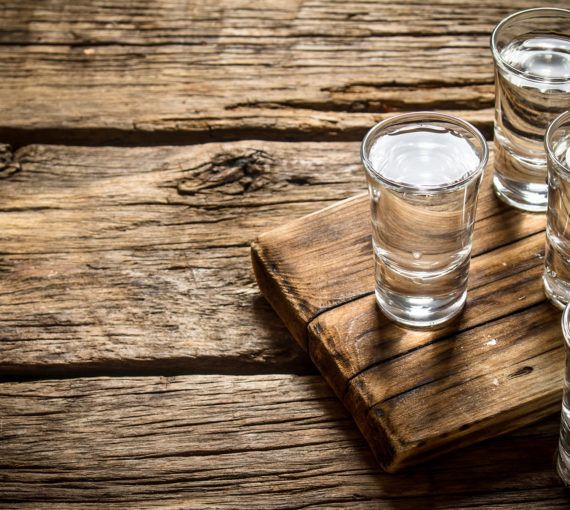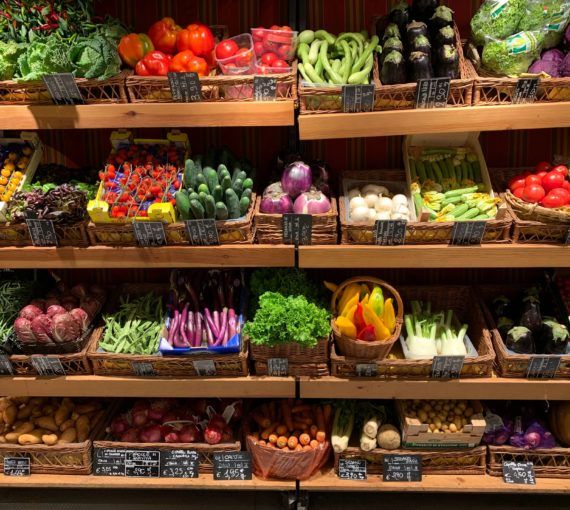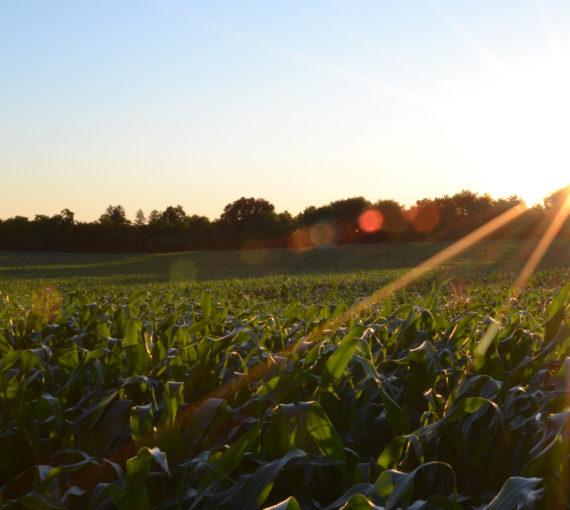
Want to enjoy wine cultivated and produced with nature in mind?
With so many wines on the market, picking the perfect bottle to pair with a meal or give as a gift is already hard. Choosing responsibly made wines helps narrow the selection — making deciding easier.
You don’t have to be a master, sommelier or connoisseur. Just know that traditional winemaking methods are often best — for product quality and the environment.
Canada’s wine-growing regions
In Western Canada, lots of wine comes from British Columbia’s Okanagan Valley. It’s a great vacation spot with beautiful lakes and orchards. It’s also home to rare plants and animals of the antelope-brush ecosystem — and a great place to grow grapes.
It’s also one of the four most endangered ecosystems in Canada. More than 60 per cent of antelope-brush habitat has been lost to housing, grazing or agriculture. Today only 3,100 hectares (7,660 acres) remain, and 88 species of plants and animals are either gone or at risk of disappearing.
With 7,284 hectares (18,000 acres) of vineyards and 500 families growing wine grapes, Ontario is responsible for 70 per cent of Canada’s production. The province’s growing region lies in the middle of the northern grape growing belt — the same latitude as Bordeaux, France and Northern California’s wine-growing areas.
More extreme weather events caused by climate change, such as frequent cold winters and extreme summer heat, are shortening growing seasons, and increasing fungal diseases and vine mortality rates.
What are wines made with organically grown grapes?
Wines with this label have a minimum of 70 per cent organic grapes, but are not the same as certified organic wines. They’re often processed using the same equipment and in the same facility as conventional wine, and may contain sulphur dioxide.
What’s certified organic wine?
Producers use 100 per cent organic grapes and can’t use toxic pesticides, herbicides or synthetic fertilizers. They fertilize with compost, compost teas, green manure and cover crops.
They rely on mechanical weeding, mowing around the vines, mulching and companion planting. To avoid using insecticides to control cutworms, they let chickens graze under the vines or handpick worms off leaves.
Certified organic wine doesn’t use genetically modified organisms or contain sulphites (conventional wines use GMO yeast).
What’s biodynamic wine?
Biodynamic producers cultivate grapes without pesticides, fungicides, herbicides, synthetic fertilizers or growth stimulants, and often meet or exceed standards and regulations for organic-certified farming.
They follow a calendar that emphasizes nature’s interconnections via the elements of earth, fire, air and water. They harvest grapes and drink wine on “fruit days,” water the plants on “leaf days,” prune the vines on “root days” and leave the vineyard alone on “flower days.”
What’s natural wine?
Producers that don’t add anything to grape growing or winemaking processes are considered natural winemakers. Because they don’t filter, most of their wines are cloudy or retain sediments. The wines are often effervescent and may take on unique flavours.
Not all organic wine is natural, but all natural wines are made with organically or biodynamically grown grapes (typically hand-harvested).
What’s vegan wine?
Traditional fining agents classify some wines as not vegan. To remove tiny particles of sediment that can’t be removed by basic filtration, some producers add egg whites, casein (a milk protein), bone marrow, chitin (fibre from crustacean shells), fish oil or gelatin.
To achieve the same results, some winemakers use fining agents that aren’t animal byproducts, such as bentonite or kaolin clays, limestone, carbon or plant casein. European Union and United States regulations don’t require wineries to list fining agents on labels. But many wine retailers and producers highlight vegan-friendly wines.
The impacts of climate change on wine
Climate change has and will continue to affect grape growing, wine quality and yield. A 2019 study published in the academic journal Agronomy explored the impacts of climate change in viticulture (grapevine cultivation).
What are the main challenges climate change pose to wine production?
- Temperatures are increasing, creating water deficits or droughts in wine-growing regions. Water stress reduces grape yield and quality.
- Extreme temperature changes throughout the year are changing the length of growing seasons and harvest windows.
- Extreme weather events such as hail or flooding are increasing in wine-growing regions, with negative implications for grape yield and quality.
- Climate change is increasing and decreasing the levels of acidity in soil. Viticulture relies on specific soil pH ranges to ensure nutrient balance for plant growth, yield and quality.
- Increased humidity during the spring and summer growing seasons promotes fungal diseases that reduce wine quality, such as powdery mildew and black rot.
Canada’s thriving wine industry contributes $847.6 million to our economy and employs more than 37,000 workers. Let’s protect our wines, and the people who work hard to produce and market them from climate change impacts. Tell government you want urgent, bold, ambitious action now.
Ask the tough questions
Research. Make choices that consider the environment. Find out how your favourite wine producers’ vineyards protect, maintain or enhance surrounding ecosystems.



